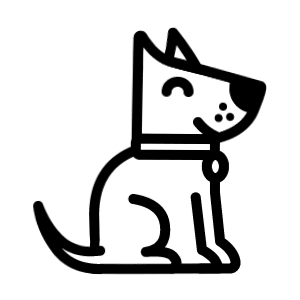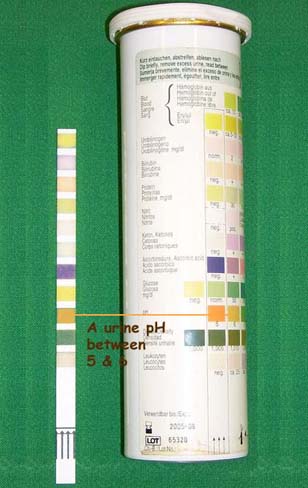Collecting a urine sample for your pet
From time to time it may be necessary to collect a urine sample for your cat or dog.
We want to help keep your pet happy and healthy and their urine can tell us a lot about their current condition, and can help us to spot early if they are feeling under the weather.
Collecting a urine sample can be tricky and we don’t expect you to immediately know how to best go about it.
There are some handy hints and tips below which hopefully help you complete the task as quickly and simply as possible.
How to Collect Urine Sample for your Dog
Things You’ll Need:
- Clean, sealable container
- Cup or saucer
- Please avoid using containers that had sugary contents in them, as even very small sugary remnants in the container will show up in our tests
- Dropper/Pipette
- Ruler or dowel rod
- Uripet, a urine catching device, can be purchased from any of our branches
1. Your dog might be jumpy when you follow them around during a toilet break.
If you can’t get close enough to collect the sample you might need to use a container with a handle or attach a ruler or dowel to the cup or saucer you are using.
2. Wait for the right moment and spring into action.
If your dog is male, it may be easy to simply slide a cup or saucer under his stream of urine.
However, if you have a female dog, consider standing behind her, out of view, and sliding a saucer under her as she squats.
While it might be somewhat messy, this method usually provides enough urine for testing.
3. Use a dropper or pipette to transfer the urine from the cup or saucer into a sealable container.
4. We prefer the urine to be no more than 2 to 4 hours old to give accurate test results, but if it must be older you can refrigerate the sample for up to 24 hours.
How to Collect Urine Sample for your Cat
Things you will need:
Non absorbing cat litter, which can be purchased at any of our branches
Clean, sealable container
Please avoid using containers that had sugary contents in them, as even very small sugary remnants in the container will show up in our tests.
1. The most simlple and often the least stressful method of collecting urine from a cat is using non absorbing cat litter. Some cats will use an empty litter tray.
Please do not use detergents to clean the tray before collecting the sample. Simply flush with boiled water.
2. Fortunately most cats are already used to a litter tray, so you will just need to keep an eye of them going to toilet.
3. Use a dropper or pipette to transfer the urine from the cup or saucer into a sealable container.
4. Most vets prefer that urine be no more than 2 to 4 hours old to give accurate test results, but if it must be older you can refrigerate the sample for up to 24 hours.




